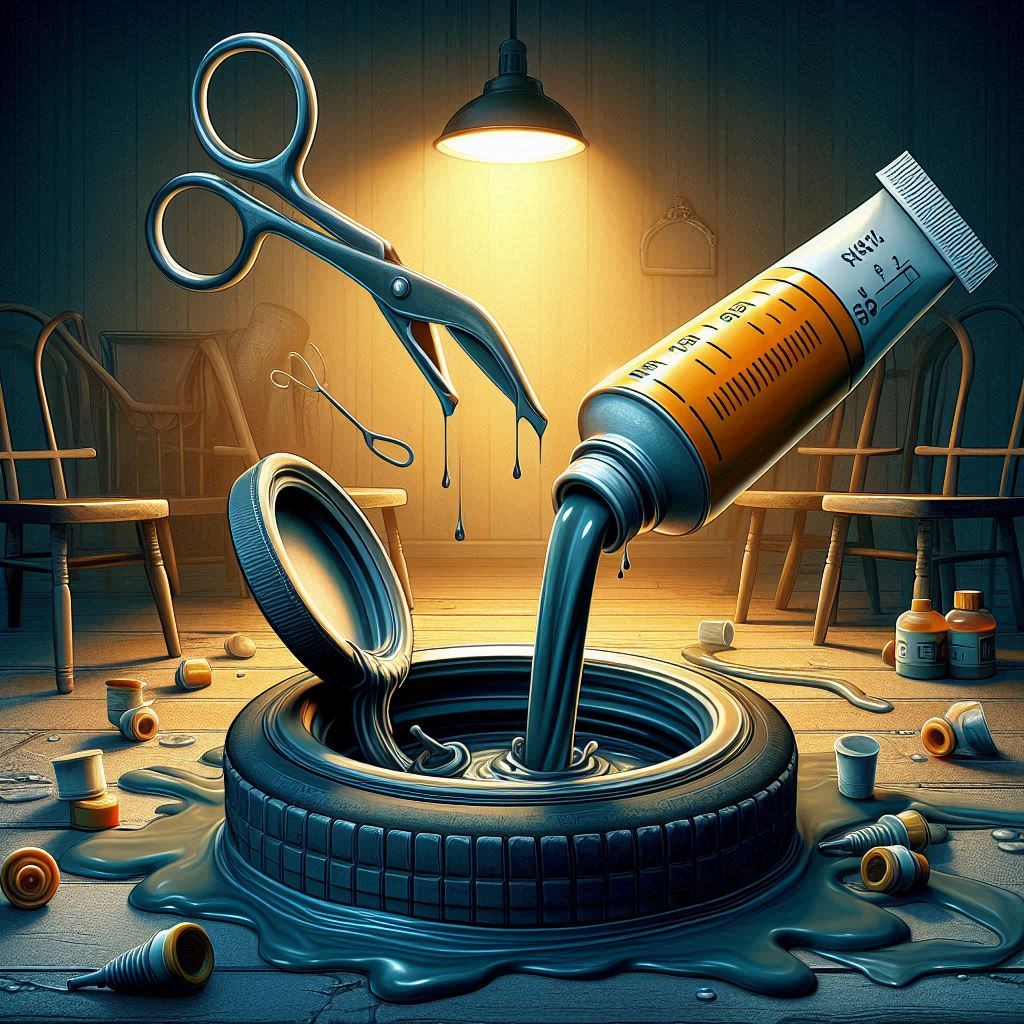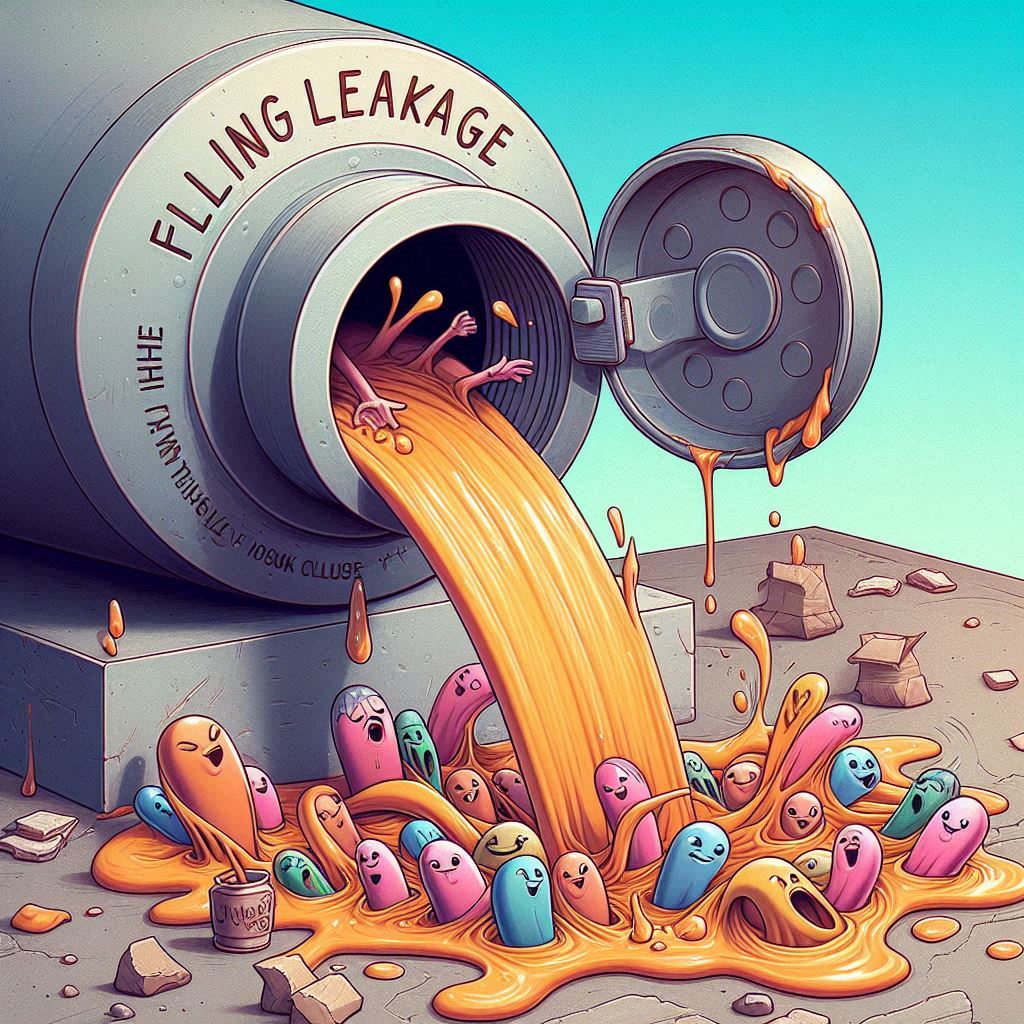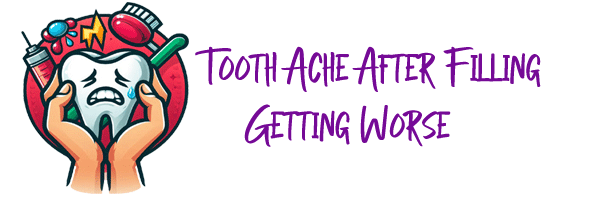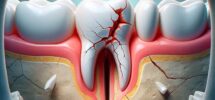Think of your tooth as a sturdy ship sailing through the ocean of your daily life — chewing, sipping, biting, and crunching. When decay strikes, it’s like a hole forming in the hull. The dentist, your trusted shipbuilder, patches the hole with a filling, sealing it tight to keep the waters (and bacteria) out.

But what if that seal isn’t watertight?
Welcome to the hidden world of filling leakage — a silent saboteur that often explains why you may experience tooth ache after filling getting worse instead of better.
At first, the patch job seems perfect. The filling feels snug, your bite aligns, and you go back to your normal routine. But over time, something changes. That filled tooth starts to feel strange — a flicker of pain when you sip coffee, a twinge when biting something sweet. Days later, the discomfort turns into a persistent ache. You wonder: Wasn’t this tooth fixed? Why is it hurting now?
The likely answer: the filling didn’t seal properly, and now unwanted visitors — bacteria, fluids, even air — are slipping into the tiny gap between the filling and the tooth.

Imagine this like a window in your home. It looks closed, but there’s a small crack in the frame. Rainwater starts dripping through. You don’t notice at first, but over time, the water seeps into the walls, damaging everything behind the scenes. That’s exactly what’s happening inside your tooth.
When a filling leaks, it opens the door to a range of issues:
- Bacteria sneak in, leading to decay beneath the filling.
- Fluid intrusion irritates the dental pulp — the nerve inside the tooth — leading to inflammation or even infection.
- Temperature sensitivity increases, as liquids and air reach areas they’re not supposed to.
The real trouble? You can’t see it happening. The filling still looks intact from the outside, but inside, it’s like a rotting floorboard under a polished carpet.
This is why tooth ache after filling getting worse is a red flag — especially if:
- The pain worsens with hot or cold foods.
- You feel sharp discomfort when biting or chewing.
- There’s a lingering ache, particularly after eating sweet or acidic foods.
- You notice sensitivity that wasn’t there immediately after the filling was done.
So how does a filling become leaky in the first place?
Several culprits are at play:
- Poor bonding during placement: If the filling wasn’t perfectly adhered to the tooth structure during the procedure, tiny gaps can form.
- Wear and tear over time: Fillings aren’t forever. Biting, grinding, and even acidic foods can slowly erode the edges of a filling.
- Shrinkage of composite materials: Some materials, especially tooth-colored composites, may shrink slightly as they harden, pulling away from the tooth wall.
- Improper bite alignment: A high spot in the filling can cause extra pressure, leading to micro-movements and eventual leakage.
If left untreated, filling leakage can evolve from mild sensitivity to serious problems like deep decay, pulpitis, or even the need for a root canal or extraction. It’s like ignoring a dripping faucet until the whole basement floods.
The good news? Dentists can usually detect leaky fillings with careful examination, bite tests, or even special dyes and imaging. Treatment may involve removing and replacing the old filling — or if the damage has spread, a crown or root canal may be needed.
Seal the Leak Before It Sinks the Ship
A tooth ache after filling getting worse shouldn’t be brushed off as “normal sensitivity.” It’s often a signal that something’s gone wrong beneath the surface — and filling leakage is one of the most common hidden causes.
Your tooth, like a ship, relies on a strong seal to stay afloat. If that seal fails, don’t wait for the water to rise. See your dentist, plug the leak, and get back to smooth sailing — pain-free.


